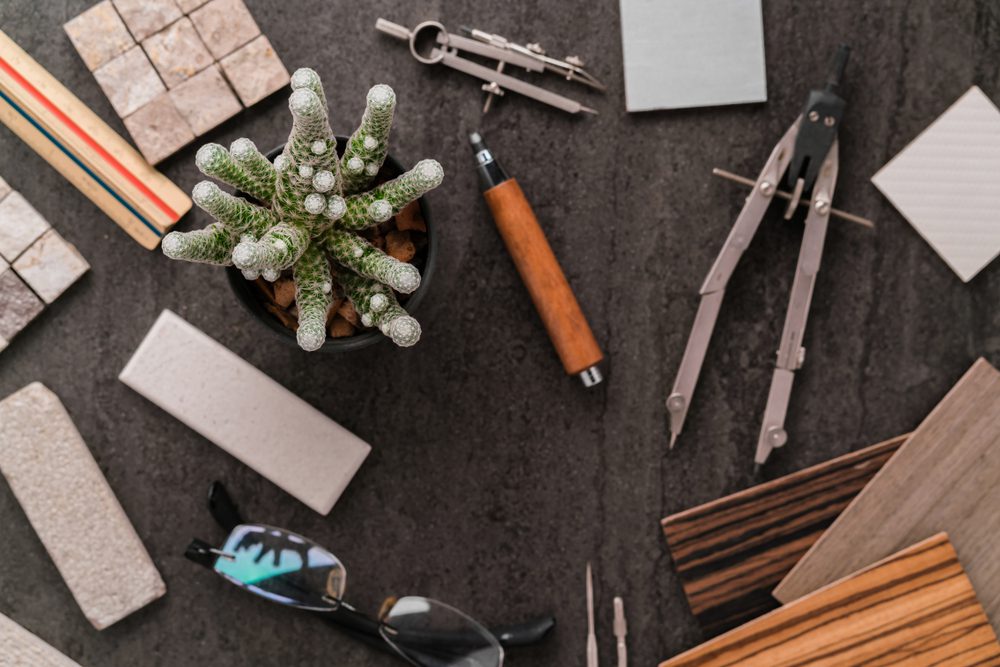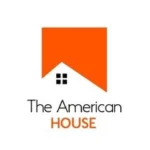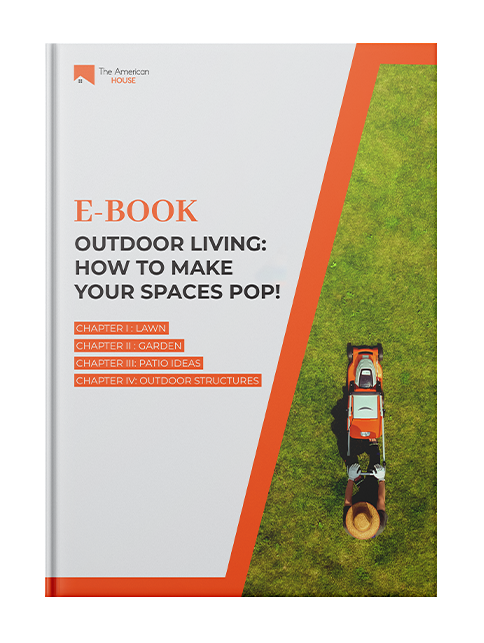Consider these cost-effective drywall alternatives before you hit the hardware store!
Are you undertaking a home improvement project? The universal drywall might be the traditional choice, but what if we told you there are cost-effective alternatives that could revolutionize your space?
Say goodbye to ordinary interiors and hello to innovation, as The American House presents you with cutting-edge materials and budget-friendly options that not only stand up to the test of time but also add a distinctive flair to your living spaces.
Whether you’re a DIY enthusiast or a homeowner looking for inexpensive and durable solutions, these cost-effective drywall alternatives are poised to transform how you think about walls.
Get ready to reimagine your surroundings and discover a world of possibilities with our list of 12 cost-effective drywall alternatives that won’t break the bank.

Stone Veneer
More affordable, lighter, and easier to handle than natural stone, manufactured stone veneer is made from a synthetic material, specifically, foam, a cast replica of the real deal.
And while it might be less durable than stone, it requires very little maintenance, and it’s sold in various colors and styles.
This cost-effective drywall alternative is ideal for areas of the home where you want a more rustic look, including a fireplace or kitchen backsplash. But remember to use a sealant with stone veneer in humid or moist rooms.
Board and Batten
If you’re into the farmhouse look, board and batten is a fantastic alternative to drywall that might be just perfect for your home.
Initially made with rough-sawn lumber and installed on the exterior of barns, nowadays board and batten are often factory-primed and prepared to install on interior walls.
The 1-inch x 12-inch finger joint material should be installed vertically with 1-inch x 2-inch battens covering the gaps between the 1x12s. Remember that baseboard trim and crown molding are required to cover any gaps between the board, batten, and the ceiling or floor.
Cement Board
This cost-effective drywall alternative will withstand mildew, mold, and rot where moisture or water is an issue. It’s straightforward to install, and because it’s dried in a factory, there’s a lot less mess to work with than when you’re working with drywall.
Cement boards can be heavy and bulky. So keep in mind that installing them is usually a two-person job. It’s generally used as a subsurface when tiling, but it can also be used raw for a more minimalist and industrial look.
Cork
Corkboard isn’t exactly durable enough to use on all the walls in your home. But it can be used as a fun accent in a child’s room or a home office.
The eco-friendly material can provide acoustic and thermal insulation and is a fantastic surface for hanging lightweight pictures and artwork. For wall applications, it will most likely have a plywood, or plywood alternative, backing.
And you can install it over drywall, as well. This cost-effective drywall alternative is naturally fire- and moisture-resistant, and you can find it in various thicknesses, designs, and colors to suit your preference. You’ll find it in packs of tiles or rolls.
Shiplap
Made popular in recent years due to design shows on TV, shiplap has found its rightful place in many homes across our country.
Traditional shiplap, like Pac Trim’s primed MDF version, has a rabbet joint, a simple groove, that’s cut into the wood, allowing the pieces to fit tightly and perfectly together.
But, nowadays, many experts in the field use various forms of wood panels to create the look of this cost-effective drywall alternative. It’s fairly easy to install and practical for keeping rooms dry and warm.
The downside is that shiplap can collect dust in the gaps and won’t work with some design aesthetics.
Barnwood
Barnwood is a wonderful option if you want a modern or rustic farmhouse look. Reclaimed wood delivers the most authentic impression but can be expensive and challenging to find. Panels are commonly made from engineered timber designed to look like aged planks.
Engineered wood, like barnwood, is generally inexpensive, easy to install, and even washable, and it’s manufactured in different styles and finishes.
But remember that neither natural nor engineered wood is recommended for high-moisture areas. So you might want to keep it out of your bathroom.

3D Plastic Panels
Made from recycled plant fiber or PVC, these cost-effective drywall alternatives are available in various designs and can even be painted to match the interior of your home. But keep in mind that not just any paint will stick to PVC.
So ensure you select paint that’s made for this kind of application. The material is frequently used for accent walls and is lightweight, durable, inexpensive, and water-resistant.
Because the panels are made out of plastic or plant fiber, they’re not heat-resistant and shouldn’t be used near cooking appliances in the kitchen or a fireplace.
Plywood
If you’re looking to install wall panels fast, plywood is affordable, easy to install, and lasts a long time. The wood grain warms up spaces and can be painted or stained to harmonize with any type of decor.
This cost-effective drywall alternative can be installed in planks or sheets, the first option resembling the look of traditional wood paneling or shiplap.
You can also seal it for moisture resistance. But plywood’s biggest drawback is that it won’t be as fire-resistant as drywall.
Wood Siding
If you’re looking for cost-effective drywall alternatives for your interior wall, exterior siding is an affordable, easy-to-install choice.
Wood siding, for example, can give you that rustic paneling look and would suit a charming accent wall quite well. Vinyl siding, on the other hand, is combustible and chemical-laden, so try to avoid using it in your main living spaces.
Exposed Brick
When found creeping behind an existing wall, this cost-effective drywall alternative can be a fantastic surprise. But it’s seldom used as a structural element nowadays.
Today, it’s more likely that a builder will attach brick veneer to a structural wall, like installing tile with grout. Remember that brick is naturally fire-resistant but will need a sealant to safeguard it from mold and moisture.
Exposed Concrete
This cost-effective drywall alternative will give your space a modern, minimalist design while delivering a durable and fire-resistant surface. Don’t forget, though, that concrete can be porous once it has dried.
So, using a concrete sealer can help protect your walls from mold and moisture. You can find concrete in a wide range of finishes and colors, with smooth finishes being most suitable for interior walls.

Faux Brick Panels
Perfect for industrial and rustic spaces, natural brick adds texture and visual appeal to a space. But if you want the look without all the time-consuming masonry work, this cost-effective drywall alternative is a lightweight, easy-to-install option.
Panels are affordable and available in various colors and styles. Just remember that most faux brick is water-resistant, but only some are fire-rated. Here’s one of our favorites from Amazon: Commomy 10 Pcs 3D Faux Brick Wall Panels
What did you think about all of these cost-effective drywall alternatives? Be sure to let us know in the comments section below. But don’t leave just yet! The American House has much more to share with you.
For instance, did you know about these 12 Innocent Refrigerator Lifespan Mistakes You’re Making Without Realizing It?





